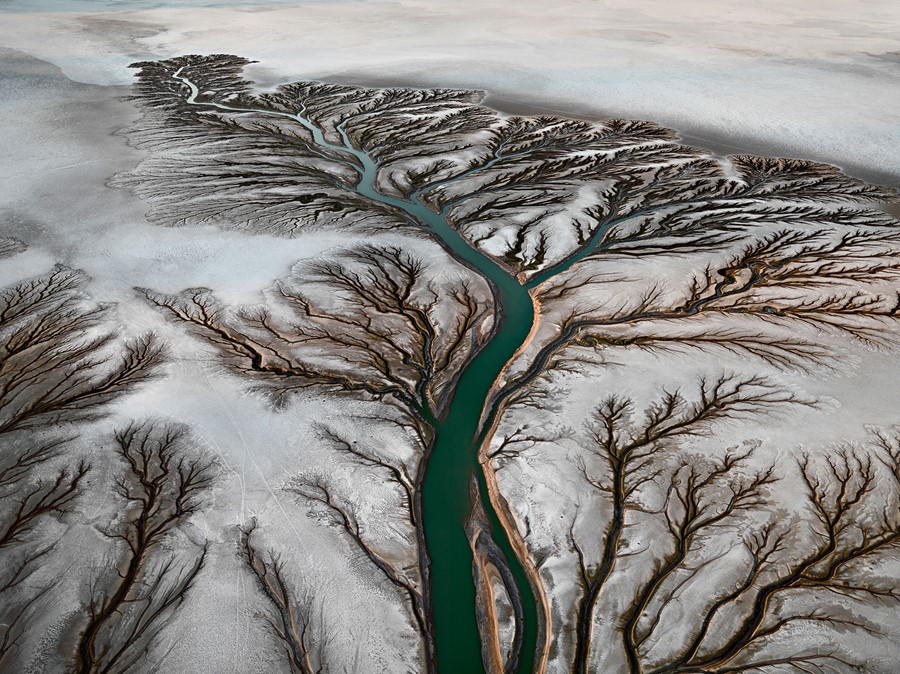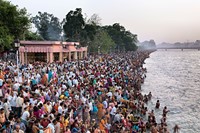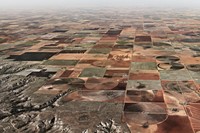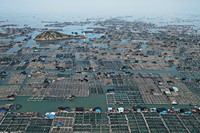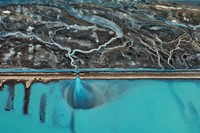On the day his exhibition opens at Flowers Gallery, we speak to Canadian photographer Edward Burtynsky about his role as a campaigner and exploration of the relationship between humanity and water
In a new film and photographic opus, renowned Canadian photographer Edward Burtynsky explores the relationship between humanity and one of our most vital – and through his lens, beautiful – resources: water. Chris Hatherill sat down with him at Flowers Gallery in London, ahead of the show’s opening and a special film screening this weekend.
You’ve previously explored subjects like Canada’s tar sands and the burning of fossil fuels through film and photography – to what degree have you become an artist and campaigner?
The content is this long narrative that I’ve been interested in for over 30 years, but I didn’t set out to be pro-environment. Sustainability is always something I’ve been an advocate of, and I try to live my life to the degree that I can, and try to be aware of my impact. I went out and really enjoyed the raw landscape that Canada provided. I had a real fill of it as a child, I went out in the wilderness, and as a young adult when I was 18 or 19 I got a canoe and was up there almost every weekend, exploring new lakes, new rivers, new portages. There was this real connection to the wilderness and to, you know, this unspoiled land. But trying to photograph it I felt it was kind of reaching back into this sense of nostalgia in this way that had already been absorbed by art and by painting and by early photography. People had already established that style of photographing nature out a sense of reverence and respect and sheer joy of its complexity. I’d worked as a miner and I’d seen this huge open pit mines and it occurred to me that what was more in keeping with my time was showing these human interventions and these human systems imposed on the landscape.
"We’ve always taken from nature, that’s not new, but it’s the speed and scale of the taking that’s new"
What changes in these systems have you seen over your career?
We’re now changing the dynamic of the whole planet. We’ve always taken from nature, that’s not new, but it’s the speed and scale of the taking that’s new. When I started to photograph these big open pit mines in, 1981, 1982, I thought: “These mines are eventually going to be emptied out. We don’t live in a world of infinite resources. Maybe in the future these images will be interesting because they capture a time when we were moving from a period of plenty and abundance to a period of scarcity.” Advocacy for sustainable thinking is something that I believe, if we’re going to save the planet, is something that everyone has to be concerned with. It can’t be a handful of people.
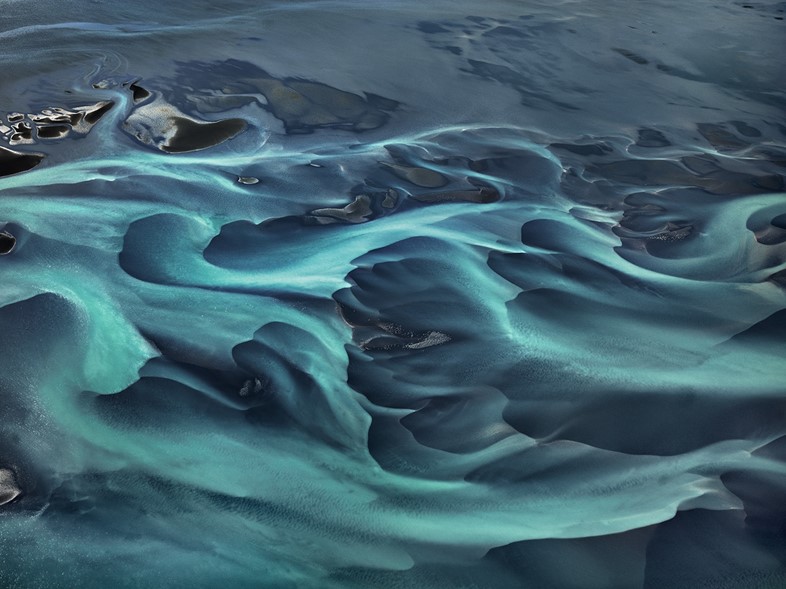
In Watermark, you explore our relationship with water – do you think water is the thing that will have the biggest impact on people’s lives?
I think it probably has the ability to be most destabilising resource if we don’t get it right. If that starts to happen, people literally have to leave. One of the events that really got me interested in the water project after doing oil was a trip to Australia. I was talking to a lot of reporters at the time at a photo festival, and a lot of them were covering what was then a 10-year drought. There was a big drawing back of this, you know, marginal land. These ranches and farms, once their aquifers ran dry, were worth, like, zero – I mean, who would buy it? People literally had to walk away from these farms, and their whole lives, with nothing.
Do you see your work as both as documentary and art?
I somehow felt that making those early images 30 years ago they might one day remind of us the scale of our impact. The photographs also embed the technologies and techniques employed – by reading the rocks and the surfaces of those rocks you can see how they were quarried and mined. So there’s this kind of underlying informational layer and then there’s this other layer, you know, of some of the things I find interesting in art: abstract expressionism, minimalism, field painting and all these things I’m also playing with from a visual perspective.
Edward Burtynsky will be doing a Q&A at a special screening of ‘Watermark’ at the ICA in London on Saturday 6 September 2014 at 8pm. The film’s release coincides with a gallery show of Burtynsky’s photography at Flowers Gallery, 5 September to 4 October 2014. Water, the photographic book of the series, is out now, published by Steidl.
